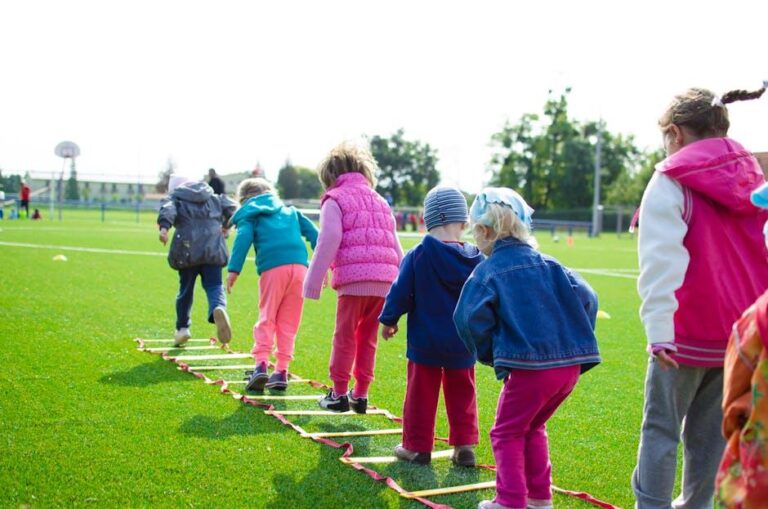What May Make Kids More Prone to Traumatic Dental Injuries
Traumatic dental injuries (TDIs) are a common concern among children and parents alike. As children actively explore the world, their smiles—particularly primary and permanent teeth—are vulnerable to injuries ranging from minor chips to severe tooth avulsions. Understanding what may make kids more prone to traumatic dental injuries helps in prevention, timely treatment, and minimizing lasting dental damage.
In this article, we draw insights from dental health experts and research featured on DrBicuspid.com to provide a comprehensive overview of risk factors, prevention strategies, and practical tips to safeguard your child’s dental health.
What Are Traumatic Dental Injuries?
Traumatic dental injuries refer to damage sustained by teeth, periodontal tissues, or oral structures due to sudden physical impact. Examples include:
- Tooth fractures (enamel, dentin, pulp)
- Tooth displacements (luxation or extrusion)
- Complete tooth avulsion (tooth knocked out)
- Soft tissue injuries around the mouth
According to studies referenced on DrBicuspid.com, children aged 1-3 years and those between 8 and 12 years are particularly vulnerable to TDIs due to developmental and activity phases.
Key Factors That Make Kids More Prone to Traumatic Dental Injuries
1. Age and Developmental Stage
Children’s behavior and motor skills evolve with age, significantly influencing injury risk:
- Toddlers (1-3 years): Learning to walk and climb leads to frequent falls, increasing dental trauma risk.
- School-age children (8-12 years): Increased physical activity in sports and outdoor play raises chances of accidents.
2. Overjet and Malocclusion
Children with increased overjet (protruded upper front teeth) or other malocclusions are more susceptible to dental injuries. Studies show that prominent upper incisors are at higher risk during falls or collisions.
3. Participation in Contact Sports and Physical Activities
Active children frequently engaged in sports such as soccer, basketball, skateboarding, or cycling face elevated risks without proper protective gear like mouthguards or helmets. Contact sports contribute significantly to TDIs in older children and adolescents.
4. Lack of Protective Equipment
Use of mouthguards during sports is proven to reduce dental injuries dramatically. Kids who don’t use protective gear, or whose equipment is ill-fitted, are more vulnerable to trauma.
5. Environmental and Household Hazards
Unsafe play environments—like hard playground surfaces, slippery floors, or cluttered areas—increase chances of dental injuries. Additionally, toddlers exploring the home may get injured by sharp edges or furniture corners.
6. Poor Supervision and Risk-Taking Behavior
Lack of adult supervision or children’s natural curiosity sometimes leads to risk-taking behaviors, such as roughhousing, climbing unsafely, or not following safety rules, resulting in accidents affecting the mouth and teeth.
7. Previous History of Dental Trauma
Children who have experienced dental injuries before have a statistically higher likelihood of subsequent injuries, due to factors like altered bite, psychological behavior, or incomplete healing.
Summary of Major Risk Factors
| Risk Factor | Description | Example |
|---|---|---|
| Age | Different ages present different risks due to developmental stages. | Toddlers prone to falls; older kids injured in sports. |
| Malocclusion/Overjet | Tooth protrusions increase injury vulnerability. | Prominent front teeth get chipped on impact. |
| Sports Participation | Physical and contact sports increase risk. | No mouthguard during basketball. |
| Supervision | Lack of adult oversight leads to hazardous behavior. | Rough play unsupervised. |
| Environmental Hazards | Unsafe home/playground conditions. | Slippery floors or sharp furniture edges. |
Benefits of Recognizing and Addressing Risk Factors Early
Identifying the causes that make children prone to TDIs brings multiple benefits:
- Targeted Prevention: Appropriate interventions like orthodontic treatment for significant overjet or fitting custom mouthguards.
- Enhanced Safety: Creating safer play areas and educating parents and children on risk management.
- Timely Treatment: Early detection and management of injuries reduce complications, pain, and improve outcomes.
- Reduced Cost and Stress: Prevention decreases the need for complex dental treatments and anxiety associated with dental trauma.
Practical Tips for Parents to Reduce Dental Injury Risks
As a parent, you can actively protect your child’s dental health by:
- Use Protective Gear: Always encourage use of properly fitted mouthguards and helmets during sports.
- Regular Dental Check-ups: Dentists can identify and treat malocclusions or tooth positioning issues early.
- Supervise Active Play: Guiding children during rough or risky activities lowers accident chances.
- Childproof Your Home: Secure furniture edges, remove tripping hazards, and create soft play areas.
- Teach Safe Behavior: Empower kids with knowledge about playing safely and respecting physical limits.
- Immediate Action on Injuries: Know first-aid measures for dental trauma, such as preserving knocked-out teeth in milk or saline until dental care.
Real-life Case Study: How Early Intervention Prevented Severe Injury
Emily, an 8-year-old with a history of prominent upper front teeth, was advised by her family dentist to wear a custom mouthguard during soccer practice. One day, Emily collided with another player but thanks to the mouthguard, her teeth were protected from any fracture or displacement. This preventative step—identified during a routine dental visit—saved her from a potentially traumatic dental injury.
First-hand Experiences from Dental Professionals
“In my years of practice, I’ve observed that children with increased overjet who play contact sports without protection often sustain more dental trauma. Educating parents on preventive orthodontics and mouthguard use makes a huge difference in outcomes.” – Dr. Lisa Carver, Pediatric Dentist
Conclusion
Understanding what makes kids more prone to traumatic dental injuries empowers parents, caregivers, and dental professionals to take proactive steps toward prevention. Age-related behaviors, dental anatomy such as malocclusion, participation in physical activities, lack of supervision, and unsafe environments all contribute to dental trauma risk.
By fostering a safe environment, encouraging protective gear, and maintaining regular dental visits, families can reduce the incidence and severity of dental injuries in children. Remember, early recognition and swift management of dental trauma significantly influence long-term oral health and child confidence.
For the latest expert advice and news on traumatic dental injuries and pediatric oral health, keep following DrBicuspid.com.


